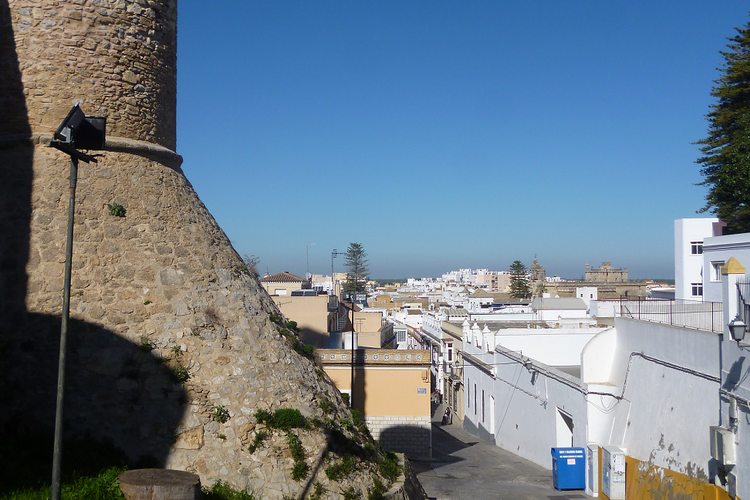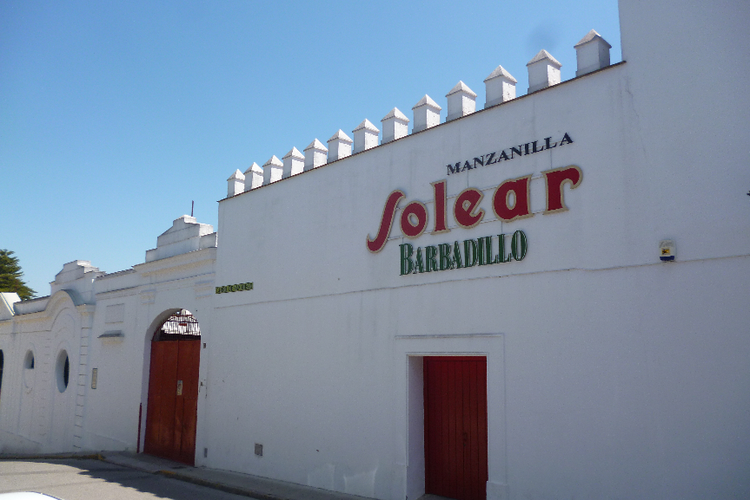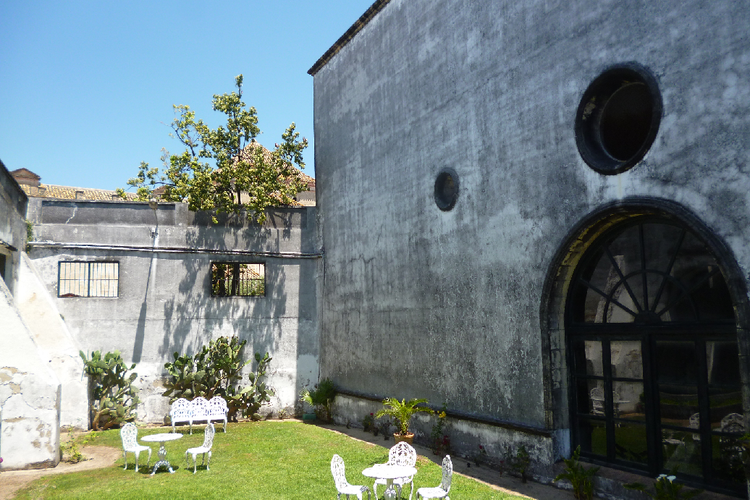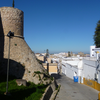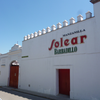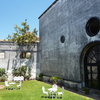Manzanilla. Manthaniya. This wine – famed for both its freshness and its flavour – is as mysterious as it is symbolic of the sun-soaked lands of Andalusia. In Bizet’s Carmen, the gypsy seductress sings…
Right by the walls of Sevilla,
At my old friend Lillas Pastia’s,
I’ll go to dance the Seguidilla
And drink some manzanilla…
The question Carmen might have asked her old friend Lilla Pastia is if this wine is born of the same grape as the Jerez fino, if it is raised with the same techniques as other sherries, how then is it that the manzanilla is so different to the fino?
To answer this nature-versus-nurture riddle you must go to the source: you must dig your feet in sanluceño soil, feel the sea breeze on your face, you must taste it with its natural partner, pescaíto frito, fried fish from the port of Sanlúcar: choco, cazón, boquerones. In essence, you must go west, to Sanlúcar de la Barrameda.
Sanlúcar de la Barrameda is a languid port town bordering the vast Doñana national park, Europe’s largest wetland gill which breathes its salty air onto the town. With the bodegas sitting at the mouth of the Guadalquivir river, sanluceño winemakers have long known that the winds blowing from the north west are an essential part of making manzanilla. How, they do not know. But the result is that sanluceño wines, when rested in their barrels with some breathing space at the top, experience an explosion of yeast growth on the top layer of the wine. This skin of flor, or flower in English, is not unique to Sanlúcar – the same phenomenon occurs in Jerezano and Puerto finos – but what is unique is the depth of this floral veil, which serves a natural anti-oxidant protecting the wine. In Sanlúcar, this veil of flor can grow even inches deep, whereas the same process conducted in Jerez or El Puerto de Santa María would yield but a few millimetres or centimetres of the growth. Hence the softer body of the manzanilla wine as compared to the sharper finos of Jerez and the salty Puerto drops, hence its stronger aromas and thicker flavours.
If you go to Sanlúcar you must study the theory at a bodega, yes; visit any one of the many wineries – Barbadillo, La Gitana, Delgado Zuleta – and see the mechanics of its magic, of course. But more importantly, always more importantly, you must apply your newly acquired knowledge, put it into practise and experience the wine rather than merely understand it. To do this you must go to any of the countless seafood restaurants of Sanlúcar, order a bottle of manzanilla to share with some friends, two or three to be sure, and wash down the plates of octopus, squid, sardines, anchovies, razor clams with another bottle, and having done this fill another take-away bottle with a belly’s worth of manzanilla and take it down to the sea to try it out on the sand. Drink it as its warmed by the sun, cool yourself down by taking a dip in the Atlantic, and then freshen yourself again with a bottle sitting in an ice bucket at a chiringuito beach bar just a few stumbled steps away.
Do this and the words Sanlúcar, Manzanilla, these words will forever have a pale white-wine aura in your memory made golden by the sun, the sand, and…the manzanilla!
